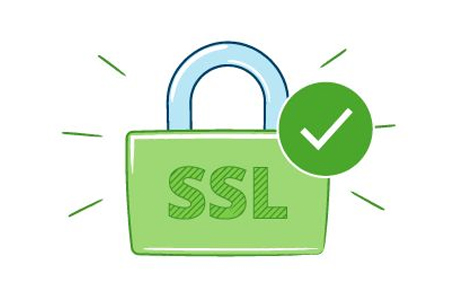As network security becomes increasingly important, SSL certificates have become an important means to ensure the security of website data transmission. Understanding the status of SSL certificates is crucial for website owners, administrators, and users.
So, how should SSL certificate status query be performed?
1. First of all, one of the common query methods is to use a browser. When you visit a website with an SSL certificate enabled, most modern browsers will display some security-related logos in the address bar. For example, you may see a lock icon, indicating that the connection is encrypted and secure. Clicking this lock icon usually pops up a window containing certificate information, which may provide basic information about the validity of the certificate, the issuing authority, etc.
2. In addition, you can also directly visit the official website of the certificate authority (CA) for query. Different CAs may have different query interfaces and methods, but generally speaking, you need to find the entrance to the certificate query on its website, and then enter the relevant certificate information, such as the certificate serial number, domain name, etc., to obtain the detailed status of the certificate.
3. For website administrators, you can also use command line tools to query the status of SSL certificates. In Windows systems, you can use the OpenSSL tool. By entering the corresponding command and parameters in the command prompt and providing the certificate file or server address, you can get detailed information about the certificate, including validity period, issuer, user, etc.
4. In addition, some professional network security testing platforms also provide SSL certificate status query services. Such as the dial-up platform SSL certificate detection tool, these platforms usually integrate the certificate data of multiple CAs and provide more comprehensive and intuitive query results. You only need to enter the domain name to be queried on these platforms to quickly obtain the status of the SSL certificate and possible risk warnings.

When querying the status of the SSL certificate, you need to focus on several key information. First, the validity period of the certificate, to ensure that the certificate has not expired, otherwise it will cause problems with the secure connection of the website. Second, the issuing authority of the certificate, confirm whether it is a trusted authority. Third, the domain name matching of the certificate, the domain name associated with the certificate should be exactly the same as the domain name of the website you are visiting or managing.
Understanding the status of the SSL certificate not only helps to ensure the normal operation and data security of the website, but also makes users feel more at ease when visiting the website. Through the above query method, both ordinary users and website managers can grasp the situation of SSL certificates in a timely manner to protect network security.
In short, it is not difficult to check the status of SSL certificates. Through various channels and methods, we can obtain the required information conveniently and quickly. In the online world, keeping an eye on the status of SSL certificates is an important part of maintaining network security and trust.

 EN
EN
 CN
CN









